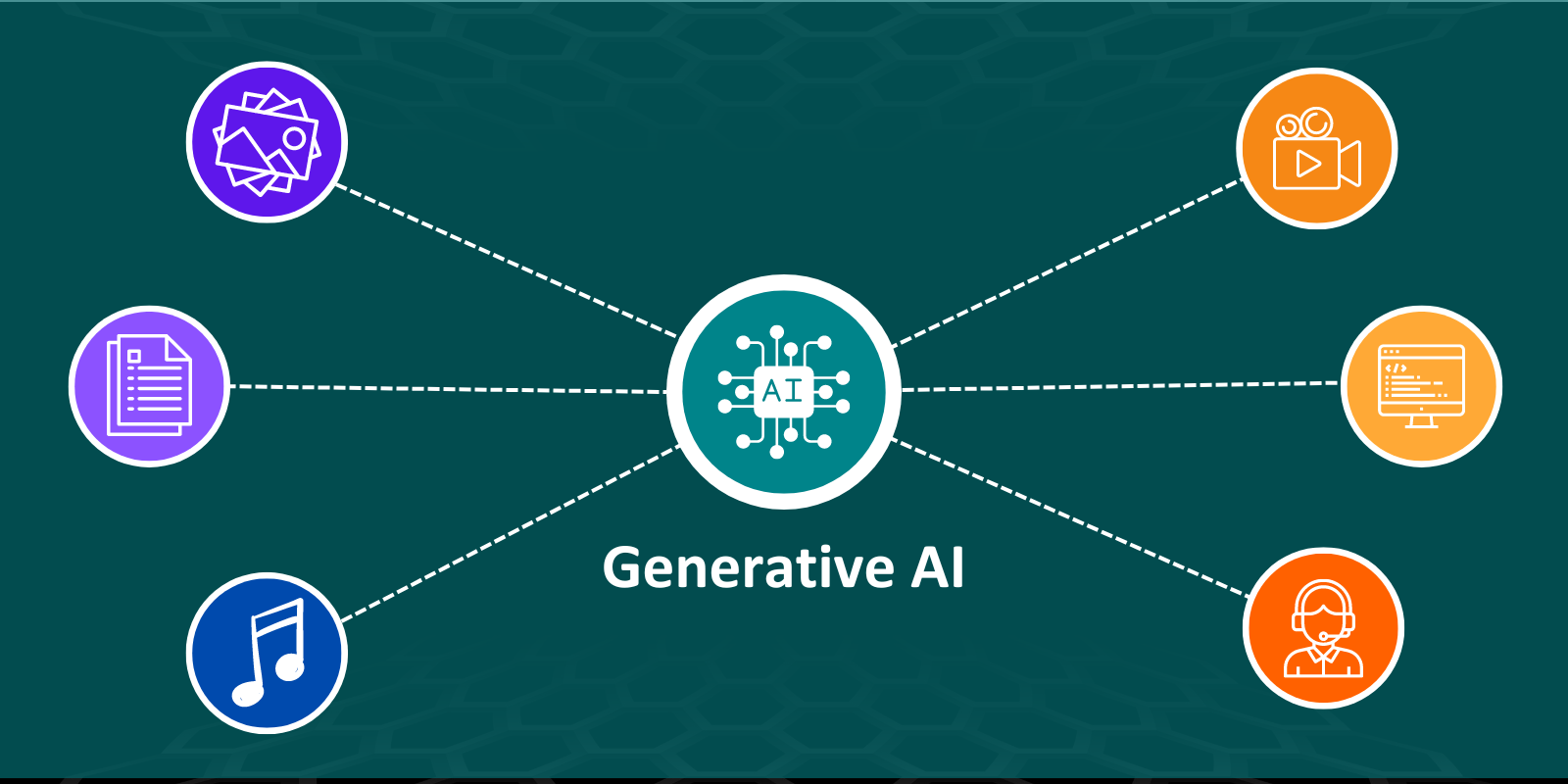Enterprise search technology has been around for long enough to evolve with the needs of businesses and find new ways to streamline workflows and increase productivity in organizations. Today, enterprise search engines are quickly becoming a necessary addition to business workflow which created a quick growing market with increasing numbers of enterprise search solutions.
However, this road to fame is not without challenges. Enterprise search platforms that aim to stay competitive must adapt to the latest technological breakthroughs and integrate with AI, implement generative content, and ensure a smooth searching experience.
So, the question is: What are the biggest issues that enterprise search engines face with their implementation, and what should be the goals for enterprise search software solutions in 2024? What are the most common problems that employees face with such engines, and what are the services that are in demand? In this article, we will answer these questions and provide some insights and best practices for enterprise search in 2024.
Adapting to the Rise of AI-Powered Search and Generative Content

Generative content refers to information or data that is created by AI models from existing content or data sets. In the context of enterprise search engines, this means that rather than merely retrieving existing documents or data, the search engine can generate summaries, answer questions, create reports, or even suggest actions based on the content it has indexed. This capability can significantly enhance information accessibility and decision-making processes within an organization.
For instance, when applied to the searching experience, generative AI can interpret complex queries in natural language and provide synthesized responses that draw from multiple sources of information. This is a departure from traditional search results that often require the user to sift through multiple documents to piece together an answer. With generative AI, the search engine can do this synthesis, presenting users with a coherent, concise answer that directly addresses their query.
Moreover, generative AI can create dynamic content that adapts to the context of the query or the user's role within the organization. For example, a query about market trends could yield a customized report generated on the fly, incorporating the latest data and relevant historical context. This not only saves time but also ensures that the information is up-to-date and tailored to the user's specific needs.
Incorporating generative AI into enterprise search also opens up possibilities for more interactive and conversational search experiences. Users can engage in a dialogue with the search engine, refining their queries based on the responses they receive and even asking follow-up questions. This can make the search process more intuitive and efficient, particularly for complex informational needs.
However, the adoption of generative AI in enterprise search also brings challenges, such as ensuring the reliability and accuracy of the generated content, protecting sensitive data, and maintaining compliance with industry regulations.
Integration and Interoperability Challenges

Integration and interoperability challenges in enterprise search engines revolve around the need for these systems to effectively connect and communicate with a wide range of software tools and data repositories used within an organization.
This is important because businesses typically employ a variety of applications for different functions, such as document management, customer relationship management (CRM), enterprise resource planning (ERP), cloud storage, and even social media platforms for marketing and customer service.
To address these challenges, enterprise search engines must be designed to support a broad spectrum of APIs (Application Programming Interfaces), which act as bridges that allow different software systems to interact with each other.
Additionally, they must handle diverse data formats—ranging from structured data in databases to unstructured data in documents and emails—and various communication protocols that dictate how data is transferred across the network.
Achieving this level of integration is complex because it requires the search engine to not only understand and interpret data from different sources but also to maintain high performance and deliver relevant search results.
For example, when a user queries the enterprise search engine for information on a particular project, the engine must be able to pull data from project management tools, financial systems, email correspondences, and document repositories, synthesizing this information into a coherent set of results that accurately reflect the user's search intent.
Moreover, this integration must be done in a way that avoids creating data silos—isolated pockets of data that are accessible only through specific systems. A well-integrated enterprise search engine breaks down these barriers, offering users a unified search experience that provides a holistic view of the information available across the entire organization, thereby enhancing decision-making and productivity.
Data Security and Privacy Compliance
With the increasing volume of sensitive and proprietary data being indexed and searched within enterprises, maintaining high data security and privacy standards becomes paramount. As regulations around data protection continue to evolve globally (e.g., GDPR in Europe, CCPA in California), enterprise search engines must ensure strict compliance to avoid legal and reputational risks.
This involves implementing strict and failproof security measures to protect against data breaches and ensuring that search operations adhere to privacy laws, which vary significantly across jurisdictions. The challenge lies in balancing effective search capabilities with the need to protect individual privacy and corporate data, necessitating advanced encryption, access controls, and audit trails.
Balancing Data Growth and Search Efficiency

The essence of the challenge with growing data volumes in enterprise search lies in the complexity and costs associated with storing, indexing, and ensuring accessibility to this data. As data proliferates, enterprises face increased storage costs, whether through on-premise servers or cloud-based solutions. Each comes with its financial implications—upfront investment and maintenance for the former, and ongoing service fees for the latter.
Indexing, the process of organizing data to make it searchable, becomes more resource-intensive with larger datasets. It's not just about adding more information; it's about maintaining the system's ability to retrieve specific data quickly amid an ever-expanding index. This requires advanced algorithms and significant computational power, driving up operational costs.
Furthermore, ensuring data is accessible, especially in a secure and compliant manner, adds another layer of complexity. With regulations around data privacy and security tightening globally, enterprises must invest in robust infrastructure to protect sensitive information while keeping it readily available for search queries. This balancing act between accessibility, privacy, and compliance further complicates the management of large data volumes, requiring sophisticated solutions and continuous oversight.
In response, enterprise search engines are leveraging AI and machine learning for more efficient indexing and search capabilities, adopting scalable architectures to manage workload distribution, and employing data management practices like compression and tiering to optimize storage costs. Despite these advancements, the challenge remains a moving target, evolving with the landscape of enterprise data and technology.
Handling The Content
Handling the growing amounts of data in enterprise search is intrinsically tied to developing strong data models and utilizing natural language processing (NLP) effectively. The challenge lies in the complexity and cost associated with implementing these technologies. NLP is essential for understanding unstructured language data, which is usually prevalent in business communications and documents. However, the high development costs associated with NLP models and tools can be a significant barrier for organizations. IT professionals consider this a major undertaking.
Moreover, integrating NLP into search systems requires a deep understanding of the specific language and context within a given domain. Traditional search engines might struggle with queries that require contextual awareness.. NLP can add this contextual 'awareness' to search engines, but it demands an algorithm that can process all data about every product, structure and normalize it, and then identify all linguistic attributes to describe each product effectively.
The essence of the challenge involves the technical complexities of implementing NLP, data models and managing the costs and resource requirements associated with these technologies.
Answering These Challenges Requires a Lot of Effort
Enterprise search engines are presented with a set of challenges that require technological innovation and strict security requirements.
The task at hand calls for a concerted effort from developers, who are tasked with architecting systems capable of handling complex data ecosystems and user-centric interfaces that simplify interaction.
The role of ingenuity cannot be overstated, especially in weaving AI and generative content into the fabric of search functionalities to meet evolving user demands. Moreover, the expertise of cybersecurity professionals becomes indispensable in fortifying these systems against breaches and ensuring adherence to a global tapestry of regulatory frameworks.
The resource investment in these areas is substantial, yet it is justified by the demand for enterprise search solutions that promise to streamline operational workflows but also to secure a competitive stance in the digital marketplace. This endeavor, while resource-intensive, is poised to yield significant returns in operational efficiency and strategic positioning within the rapidly expanding domain of enterprise search technologies.






.png)

